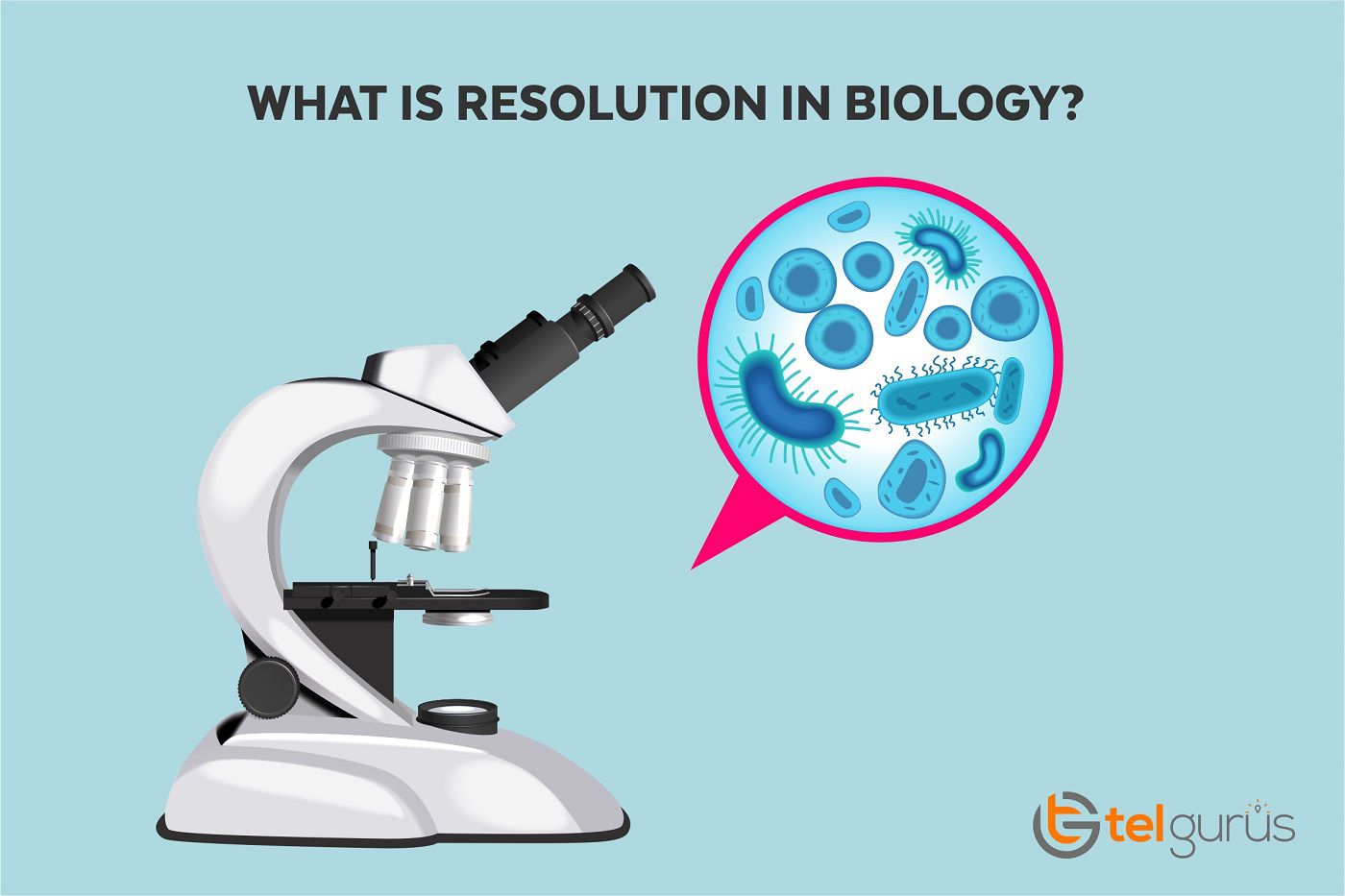Enrich your knowledge with our informative blogs
What is Resolution in Biology?

The resolution of a microscope is defined as the smallest distance at which the two small objects can still be seen as separate objects. A fine example of resolution is looking at the moon with naked eyes. With naked eyes, you will see a bright spot with some patterns on it, whereas if you look through the telescope, you will get to know the difference as you can spot the detail on the surface.
In short, a resolution is the degree of fineness with which an image or an object can be produced or recorded and can also be expressed as the number of pixels per unit length. The higher the resolution of the image, the better details and clarity we get.
Book Your 60-minutes Free Trial class NOW!
But before moving further, let us check on the images that will help you get a clear resolution concept. Let us dig into the topic to have a clear vision of it.
Don’t get confused with the magnification term as the microscopic resolution is associated with the shortest distance between the two different points that can still be distinguished as distinct entities. The microscopic resolution is affected by several factors.
If the two points or images are closer together than your resolution, then they will come out ill-defined, and their positions will also be inexact. A microscope may offer higher magnification, but if there is poor lens quality, it will result in degraded and poor image quality.
According to Abbe’s equation, the approximate resolving power can be calculated as:
Resolving Power = Wavelength of light / 2 {Numerical Aperture of the objective}
Microscope resolution is affected by several elements. Coming to the Numerical aperture, the numerical aperture of the objective lens affects the resolution. It indicates the lens’s capability to congregate light and resolve a point at a fixed distance from the lens.
The smallest point that an objective can resolve is proportional to the wavelength of light being gathered, divided by the numerical aperture. A higher number keeps up a correspondence to a greater lens’s ability to identify a distinct point in the view field.
Book Your 60-minutes Free Trial class NOW!

Visualize the in-depth understanding of the natural world!
Biology would sound more interesting when your curiosity levels are satisfied with better visuals & logical explanations.
Categories
Recent Posts
- List of the qualities you should look for in your tutors?
- What is the most useful formulas in math?
- Describe the process of eating to defecation of food?
- Difference between the natural and artificial active response by the immunology system.
- Explain the different circle theorems
- How are nerve cells adapted to their function?










